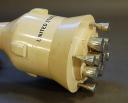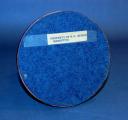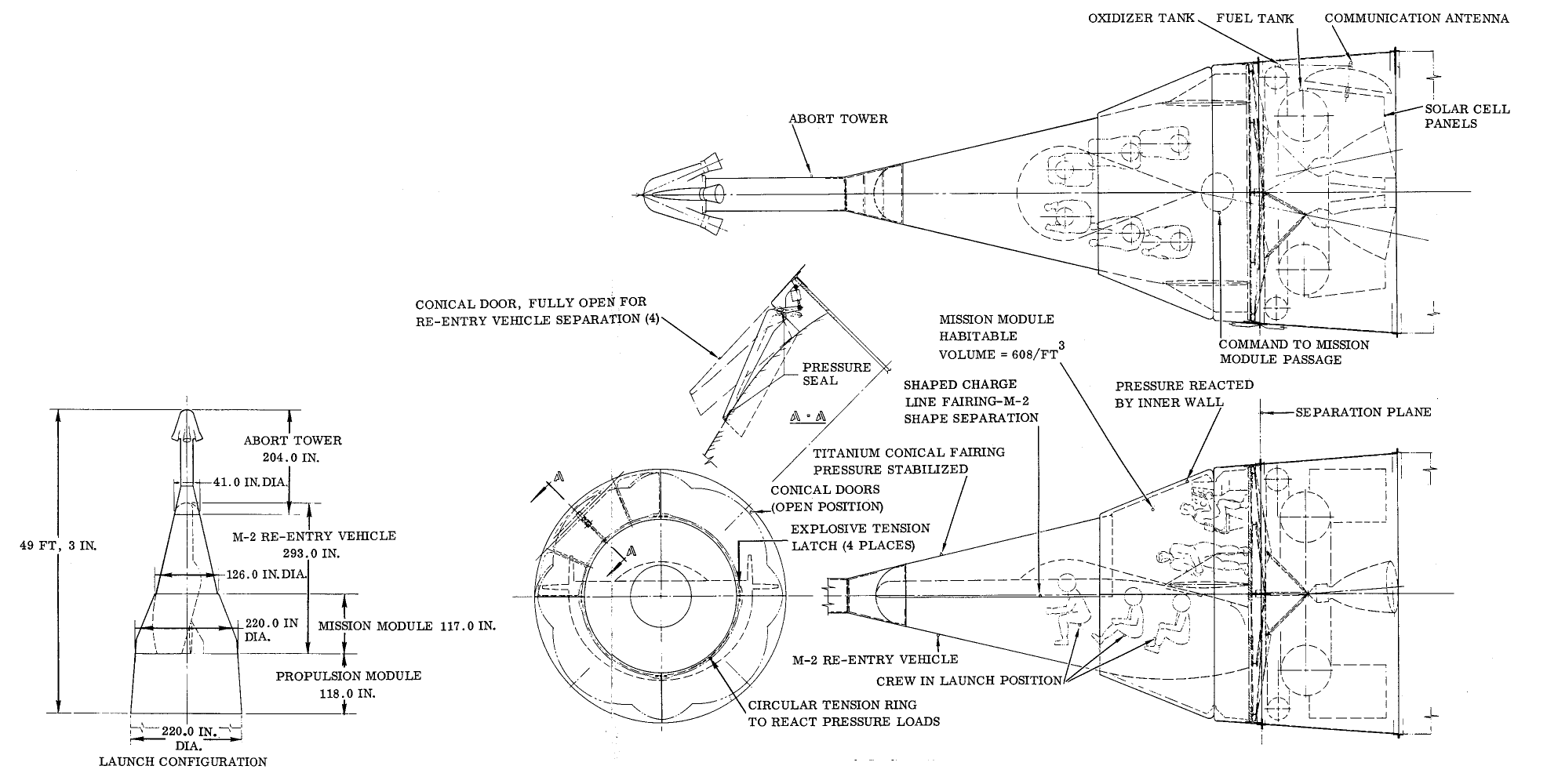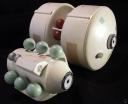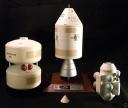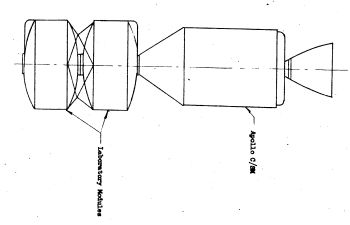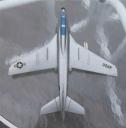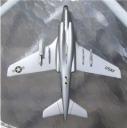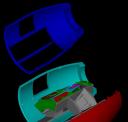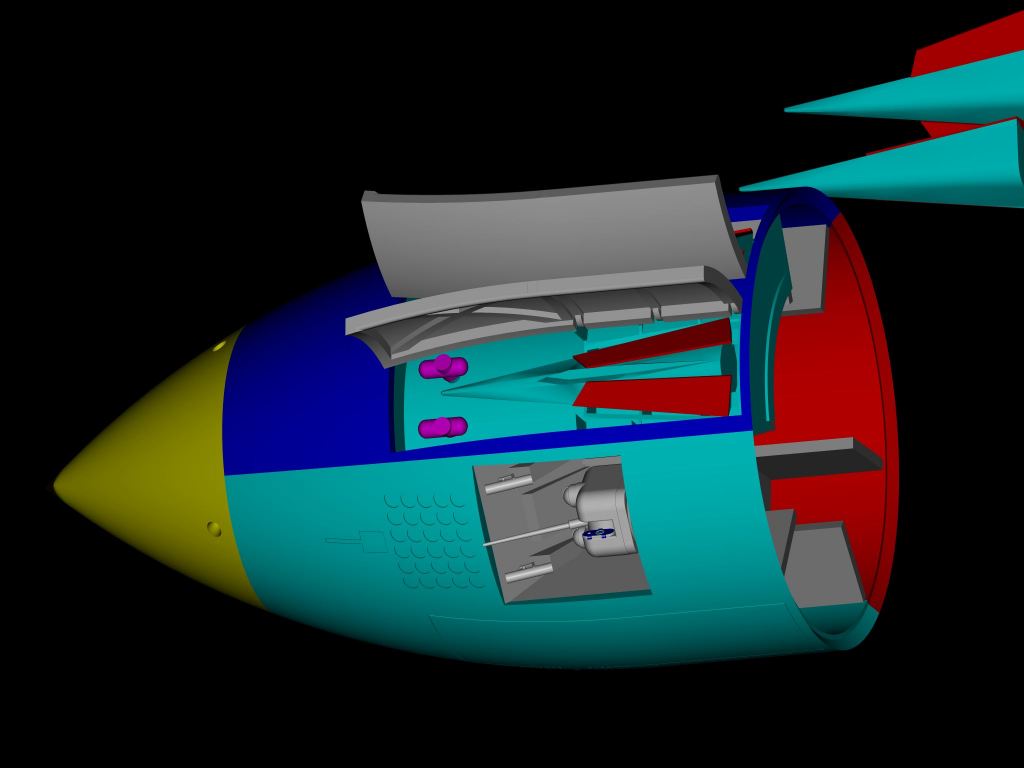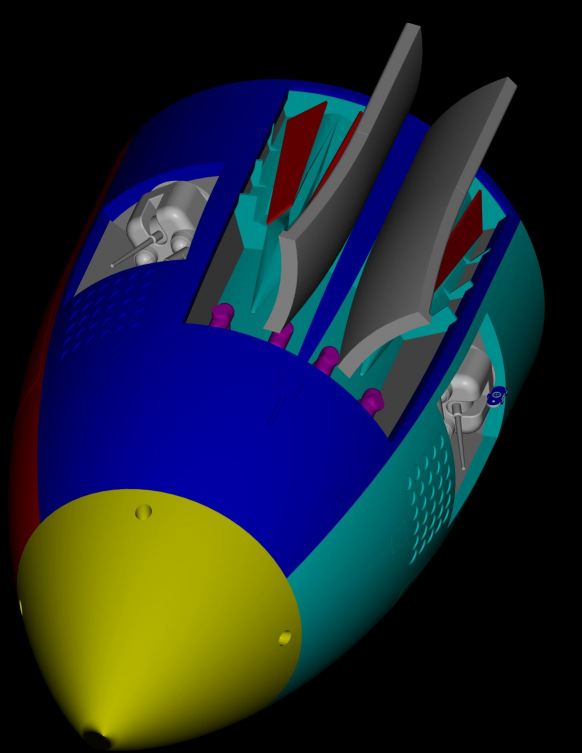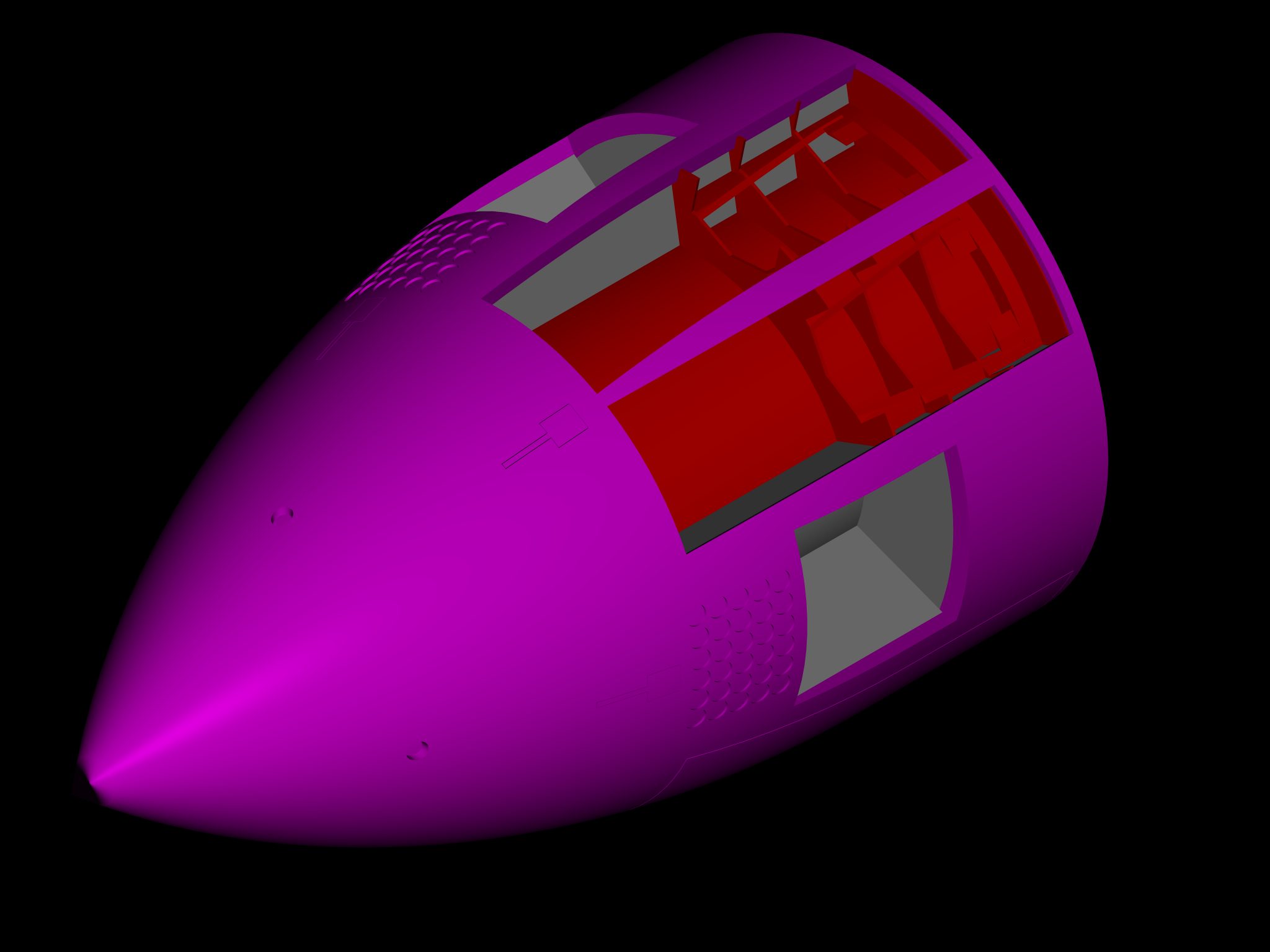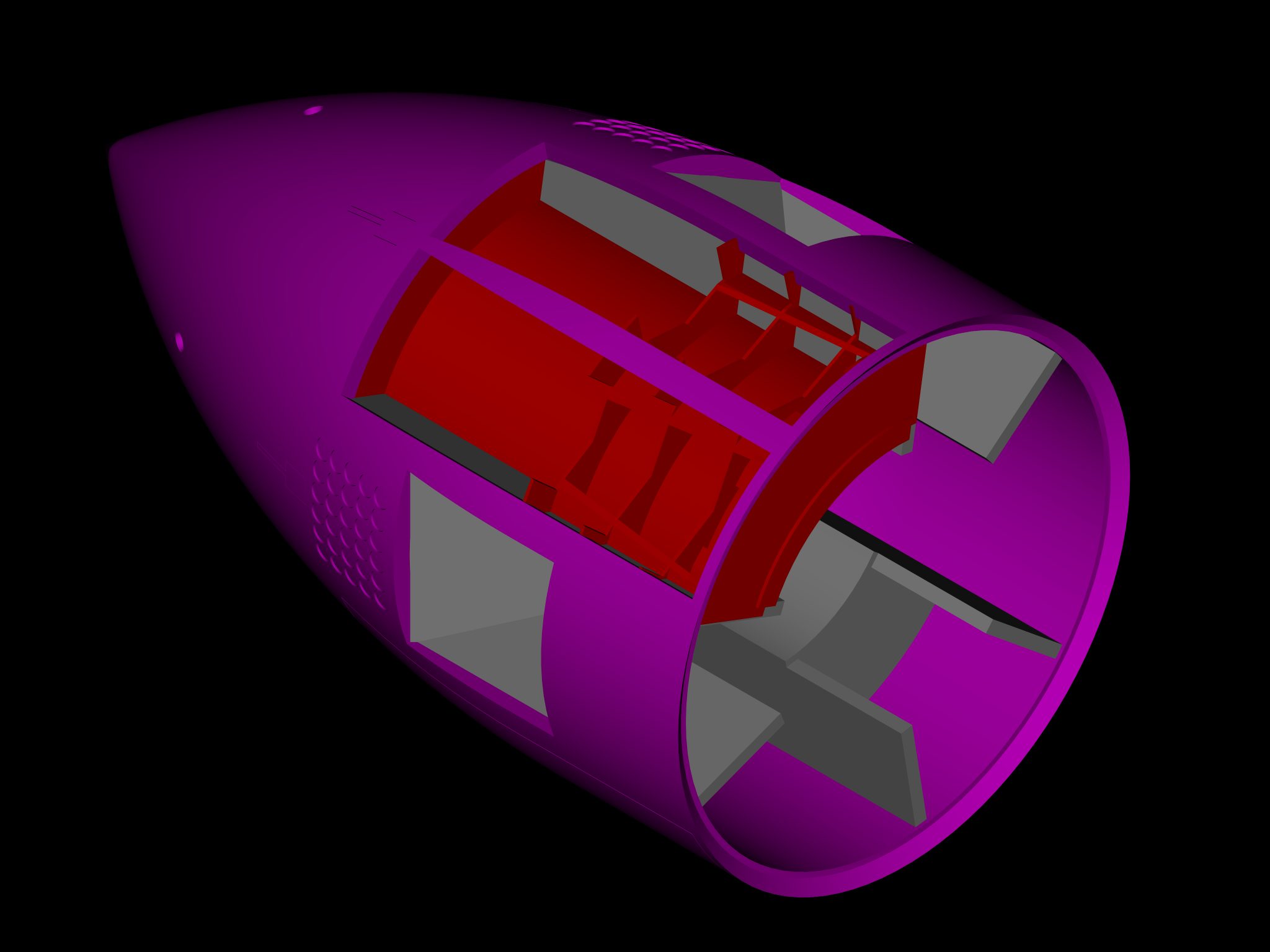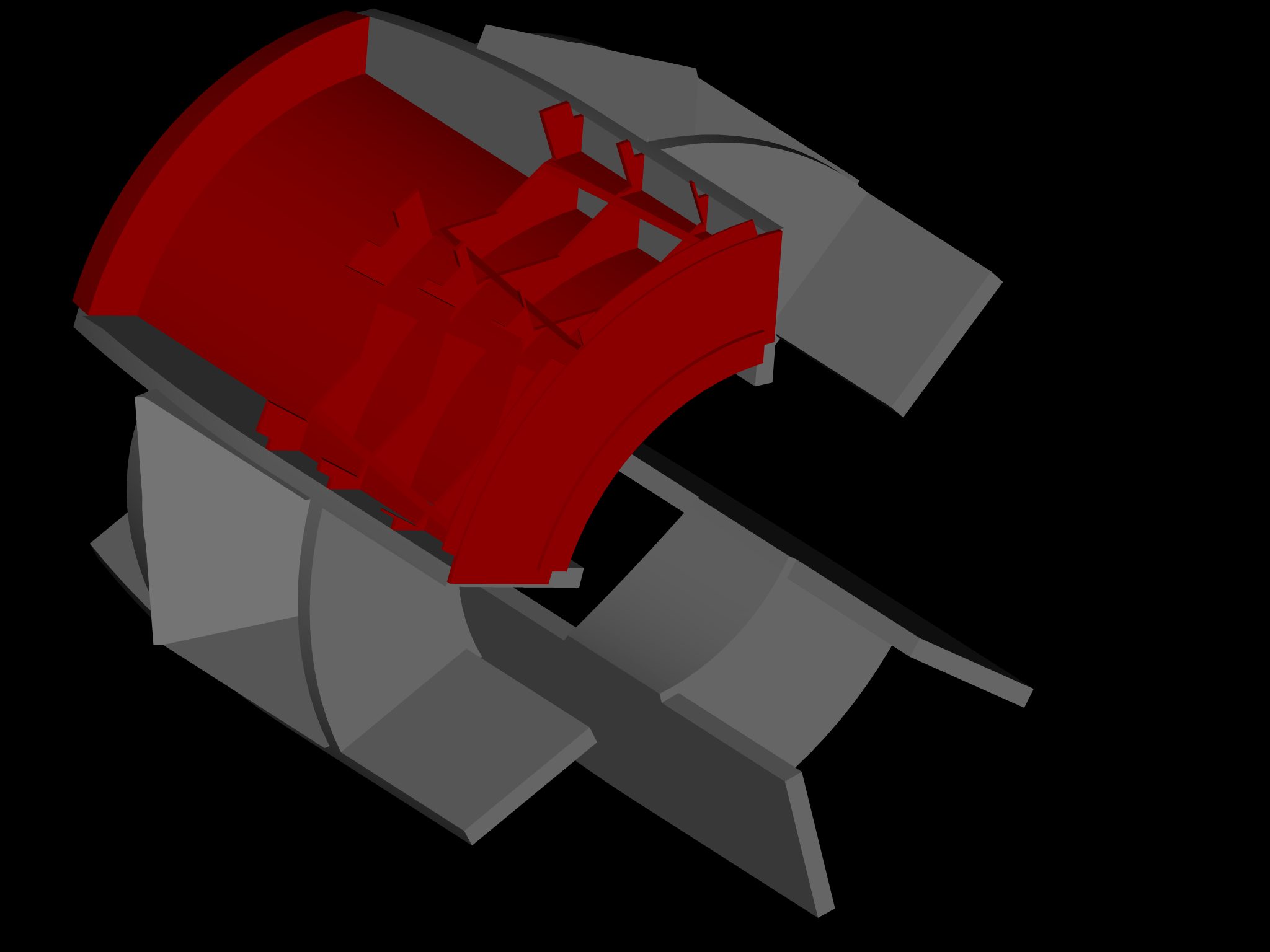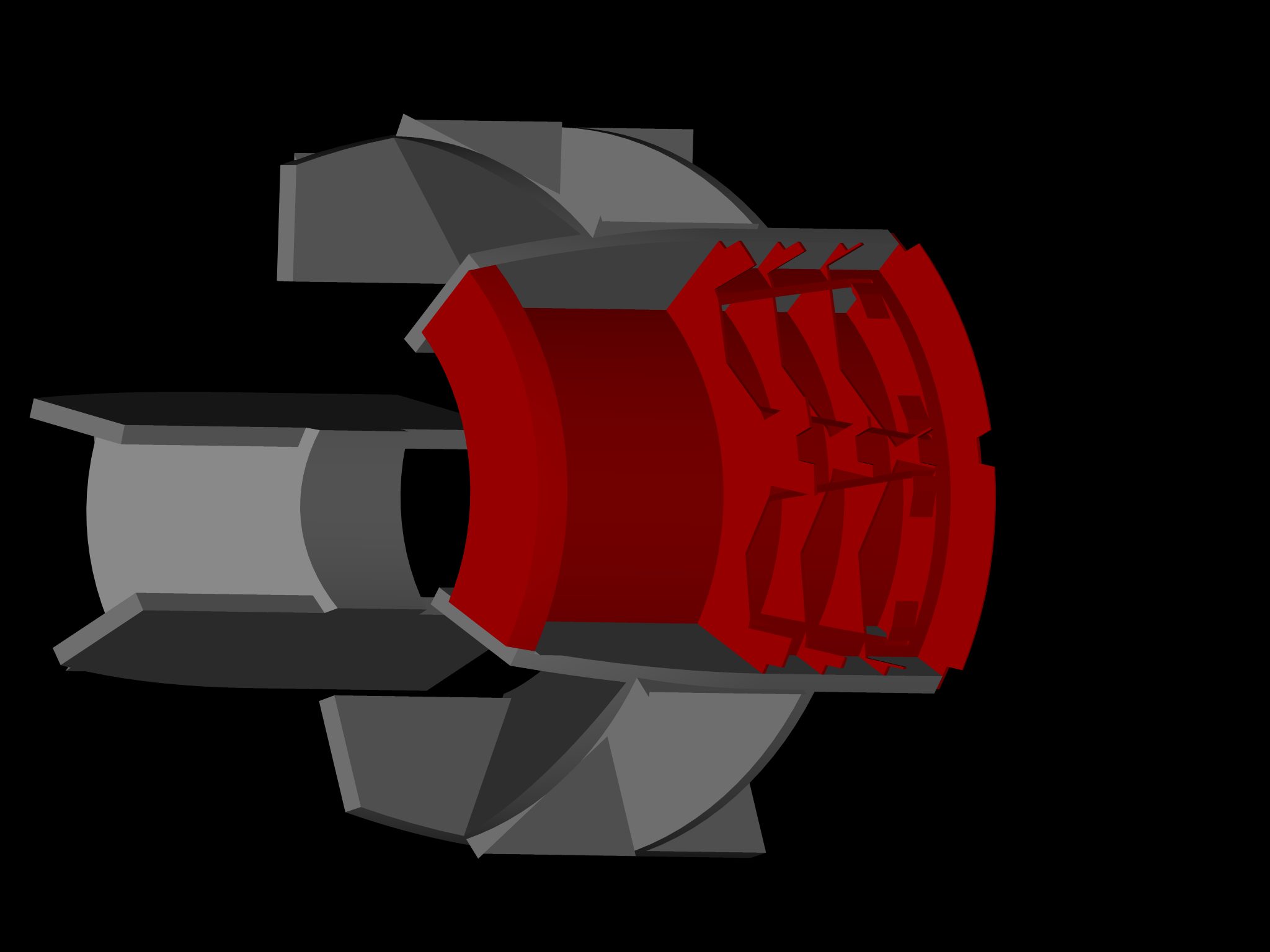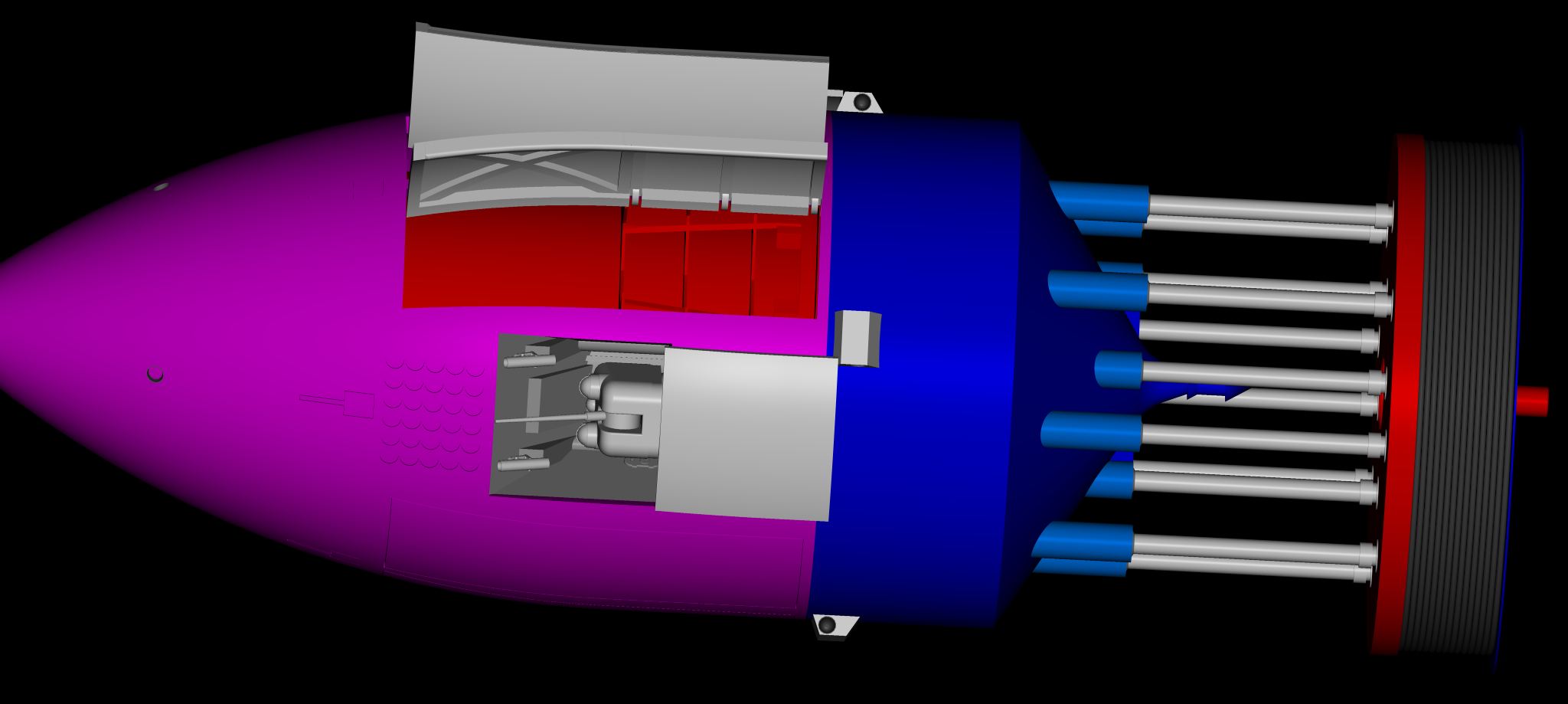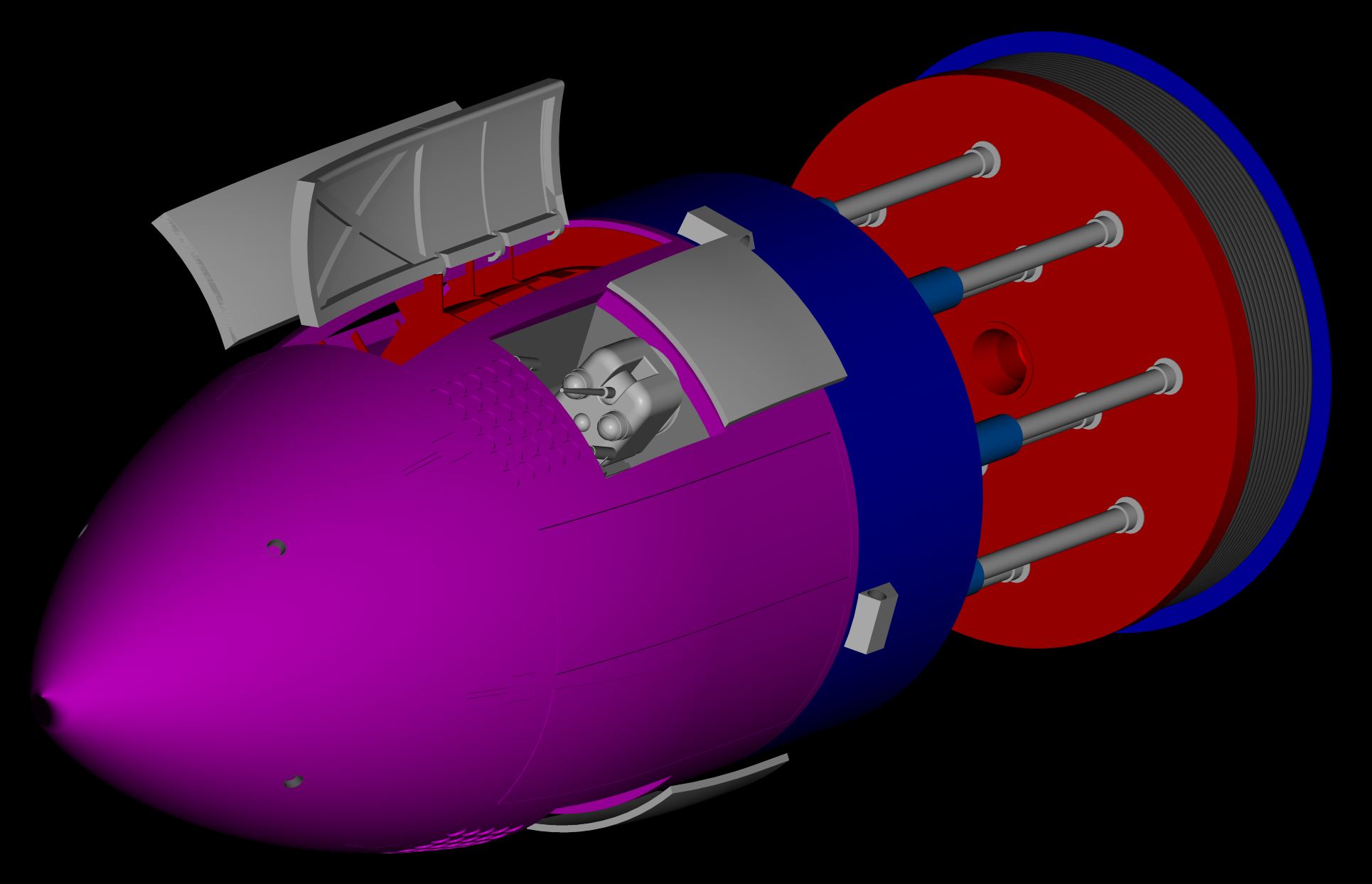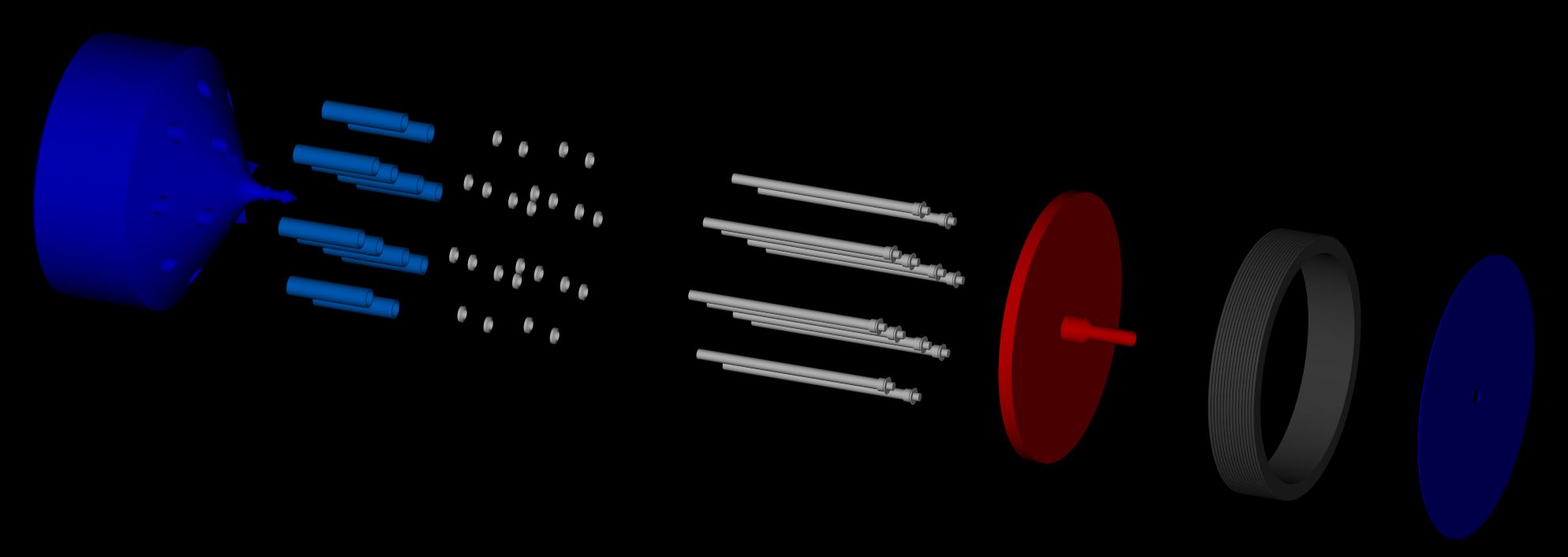Well that’s… huh. Exactly the same thing as the *last* eBay item I posted. What are the odds that two of the very same, extremely obscure display models of the 1961 General Dynamics M-1 lunar spacecraft would come up at the same time (and listed with the exact same title with the same wrong year)?
FROM AN OLD TEXAS ESTATE, UP FOR AUCTION: back in the mid- 70-S I purchased this hand built scratch model of a lunar take off vehicle by General Dynamics Corp, made sometime circa mid 1960s. Created for the department heads and certain persons directly involved with this particular aspect of this particular space program. Not ever offered for public or private sale, Wood and aluminum, this is not your standard plastic desk model. Approx. H: 18.5″ . The approx. dia: 4.75″. There is some normal wear and some light paint flaking as shown, BUT OVERALL THIS IS A GREAT MODEL, and one not seen very often on the open market .it is indeed a rare item , It comes apart and each part will be wrapped seperate and shipped to the winner.( PLEASE SEE PICTURES ). The item is being listing with no reserve.
I WAS IN THE U.S. A.F. DURING THE TIME PERIOD THE MOON LANDING PROJECTS MERCURY, GEMINI AND APOLLO WERE TAKING PLACE, ALTHOUGH I WAS NOT ASSIGNED TO THE PROGRAMS I WAS FROM TIME TO TIME IN DIRECT SUPPORT FOR EQUIPMENT AND SUPPLIES.. I HAD GREAT INTEREST AND WAS PROUD OF AMERICANS NEW MISSION OF GOING TO THE MOON AND BACK WITH LIVE PEOPLE. THROUGHOUT THE YEARS I HAVE COLLECTED A FEW ITEMS FROM THAT TIME PERIOD. I HAVE VERY LITTLE DIRECT INFORMATION ON THIS SPACE SHIP MODEL EXCEPT FROM THE INTERNET AND THERE IS A SMALL LABEL ATTACHED TO THE THE WOODEN BASE OF THE MODEL THAT READS , CONVAIR (ASTRONAUTICS) DIVISION, General Dynamics corporation, AVCO CORPORATION RESEARCH & ADVANCE DEVELOPMENT. THE MODEL HAS BEEN IN MY SHOW CASE SINCE I MADE IT’S PURCHASE.
As I write this, it’s currently sitting un-bidded-on at $399. Given that the other one sold for a tidy $1,025, maybe someone will get lucky and get it cheap.









I’ve looked at the chips in the paint and smudges, and these are two different models. The bases have different plaques on them. They come from two different sellers in two different (but nearby) states.
Huh.
That was a hell of a thing…










